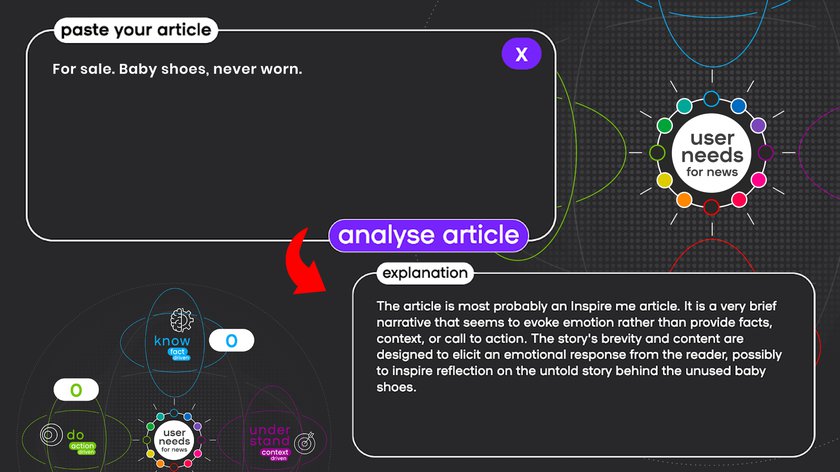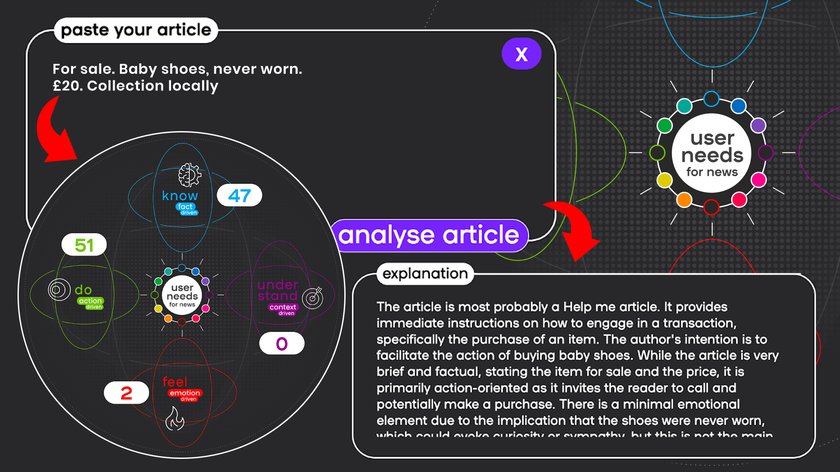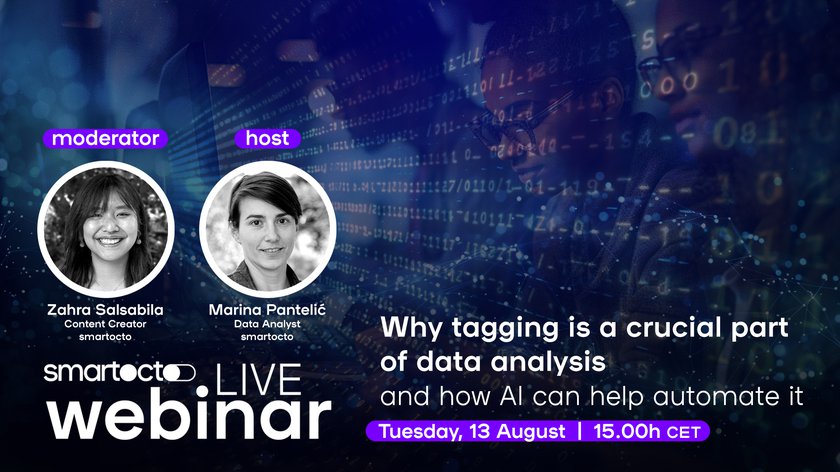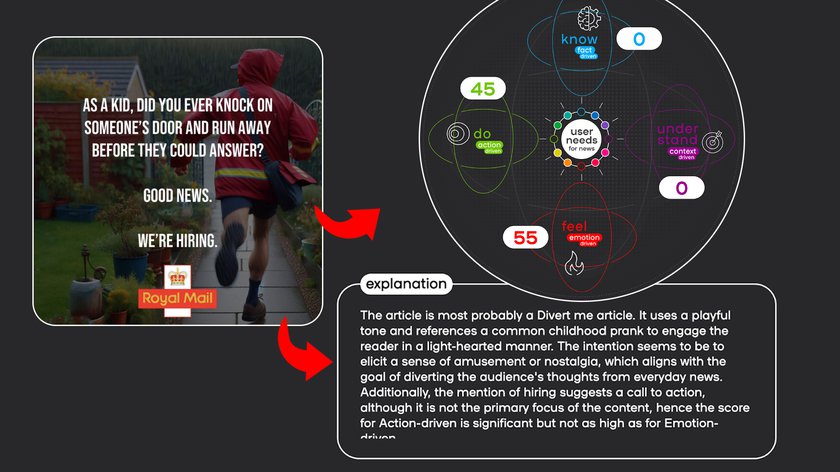Well, hello there!
I’ve just finished a very interesting book called ‘The Fairy Tellers’*. It has absolutely nothing to do with journalism.
But it kind of does.
In it, the author, Nicolas Jubber embarks on his own adventure to find out about the people who first brought the fairy tales we know and grew up with. After all, while we all know the story of Beauty and the Beast, what do we know about the story’s origin or author?
Well, Em. I hear you saying. That’s nice, and everything. But why bring it up here?
I’m getting to that. Two ticks.
Stories reveal a lot about society - and the context in which they’re written impact that. A lot of those stories were written in part as social commentary, or as a way to share political ideas or critiques. They are, it turns out, a great deal more than a brainstorming session at a Disney writers’ room.
Don’t share a fact, when you can tell a story
The best stories ‘show, don’t tell’. Metaphors as explainers are endlessly useful, and beguiling - and feel more robust and memorable than a bland recitation of the facts.
Emotion is powerful.
When we put the story of Little Red Riding Hood into our User Needs Playground, it returned a 100% ‘Emotion’ result. The system knew it was dealing with a certain kind of writing, that does a certain thing, a certain way. We tried it again later with a less well known fable. Same result. It’s a clever piece of kit.
There’s a famous six word short story (attributed to Ernest Hemingway, but never confirmed to be his). Our User Needs Playground assesses this to be 100% emotional as well. This is interesting: why doesn’t it decide it’s an advert?





